HAYLAGE SILAGE
Haylage silage are both types of forage preservation methods commonly used in agriculture to store and feed to livestock, particularly during periods of scarcity such as winter. While they serve similar purposes, there are differences in how they are produced and their nutritional qualities.
*Haylage:*
Haylage is a method of preserving forage by ensiling it at a higher moisture content than traditional hay. The process involves cutting the forage, typically grass or legumes such as alfalfa, at a younger stage of growth compared to when making hay. The forage is then wilted to reduce moisture content slightly, usually to around 40-60%, before being tightly packed into a storage structure, such as a silo or plastic wrap, to exclude air. This anaerobic environment allows for fermentation to occur, which preserves the forage.
The fermentation process in haylage is typically faster than in silage due to the higher moisture content, leading to quicker preservation. However, because of the increased moisture, there is a higher risk of spoilage if not properly ensiled. Haylage tends to have a higher nutrient content and is more palatable to livestock compared to dry hay.
*Silage:*
Silage is a forage preservation method that involves fermenting chopped green forage, such as grass, corn, or sorghum, at a higher moisture content than hay. The process begins by chopping the forage into small pieces, typically around 1-3 cm in length, to increase packing density and aid in fermentation. The chopped forage is then tightly packed into a storage structure, such as a silo, bunker, or plastic wrap, to exclude air and create an anaerobic environment conducive to fermentation.
The fermentation process in silage is primarily driven by lactic acid bacteria, which convert sugars in the forage into lactic acid, lowering the pH and preserving the forage. Silage typically has a lower dry matter content (around 30-40%) compared to haylage, which allows for faster fermentation and preservation. However, silage can be prone to spoilage if not properly managed, particularly if exposed to air during storage.
*Differences:*
1. Moisture content: Haylage has a higher moisture content (around 40-60%) compared to silage (around 30-40%).
2. Forage type: Haylage is typically made from grasses and legumes, while silage can be made from a variety of crops including grass, corn, and sorghum.
3. Preservation process: Haylage is preserved through fermentation at a higher moisture content, while silage is preserved through fermentation at a lower moisture content.
4. Nutritional quality: Haylage generally has a higher nutrient content and is more palatable to livestock compared to silage.
Both haylage and silage are valuable methods for preserving forage and providing nutritious feed to livestock, particularly during periods of scarcity. The choice between haylage and silage depends on factors such as forage type, moisture content, and storage capabilities. Proper management and attention to detail during the ensiling process are essential for successful preservation and feed quality.

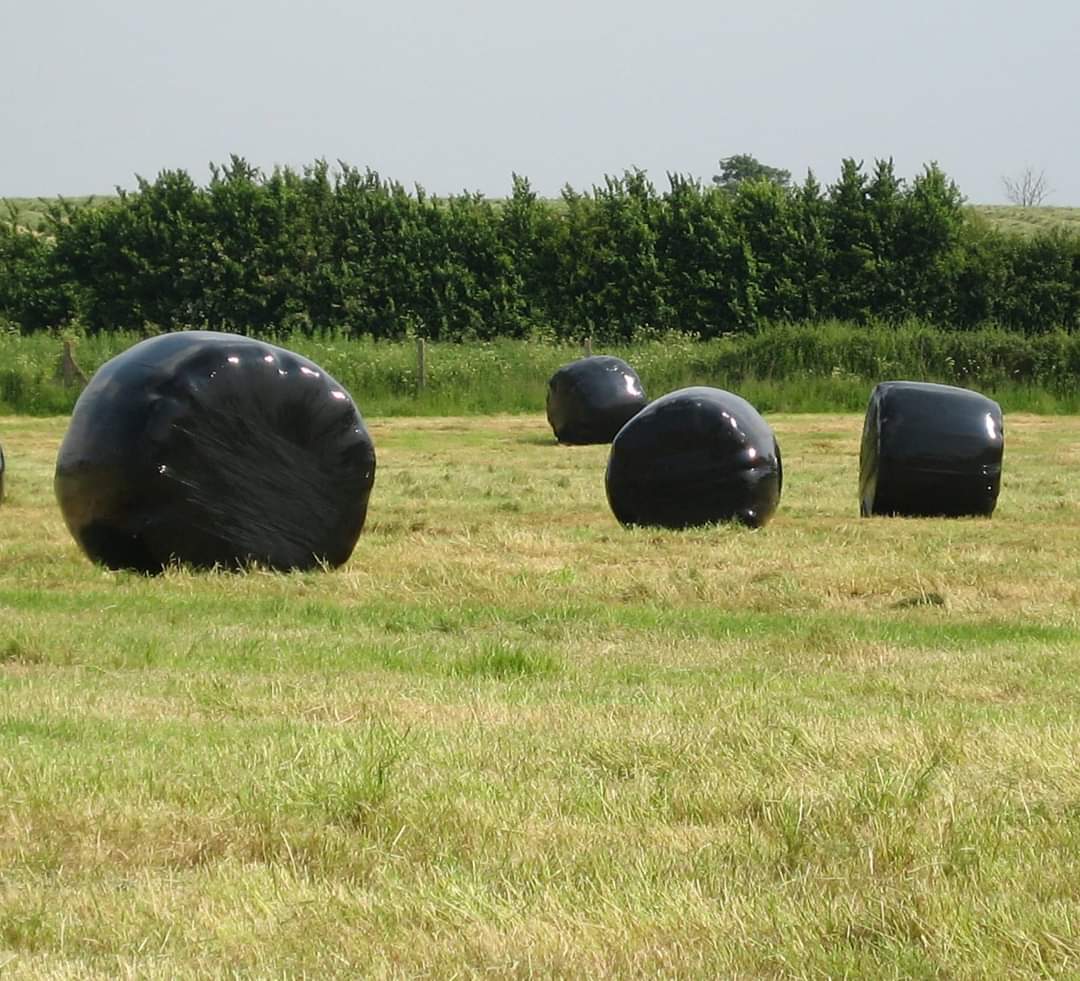
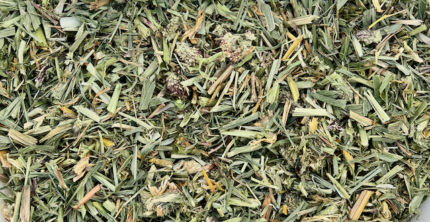



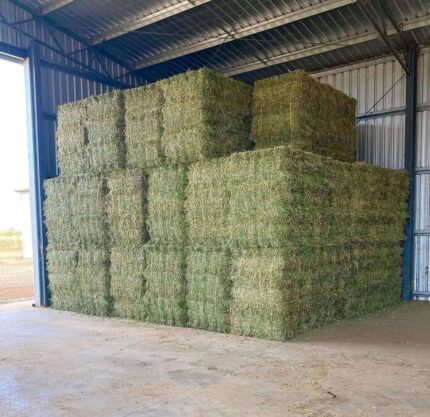
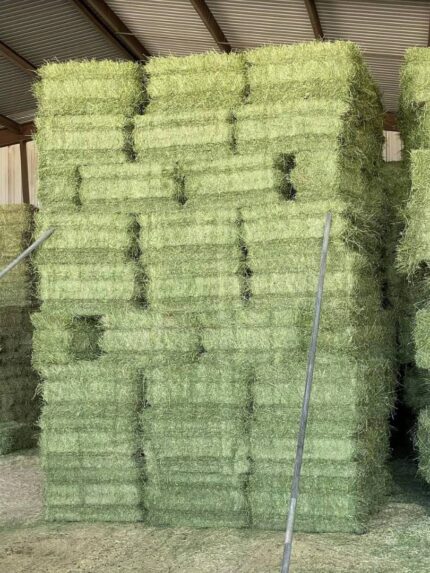

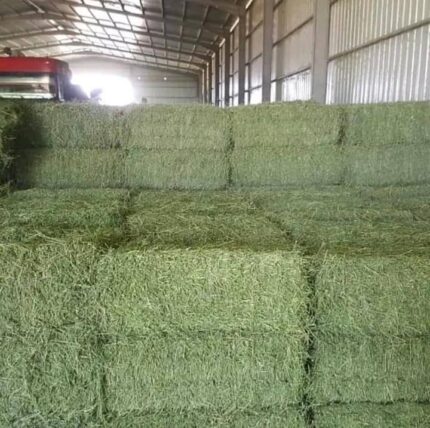

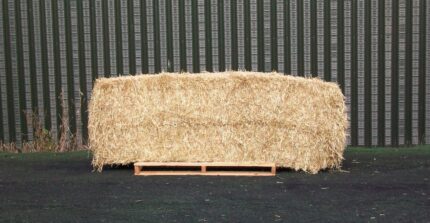
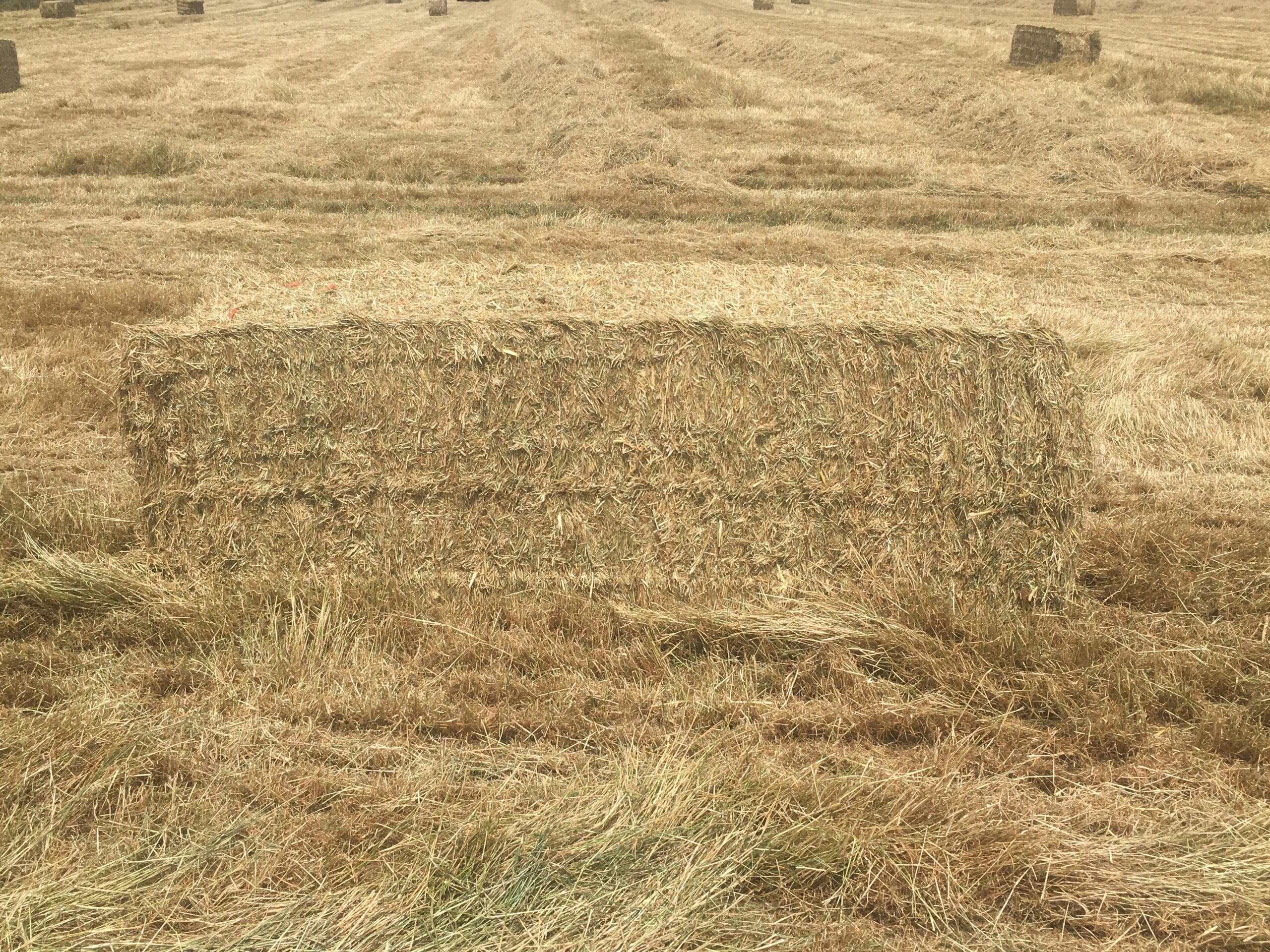
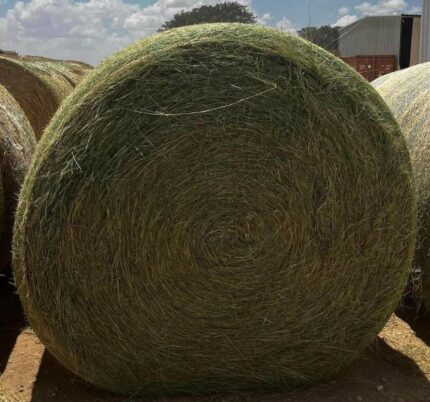

Reviews
There are no reviews yet.